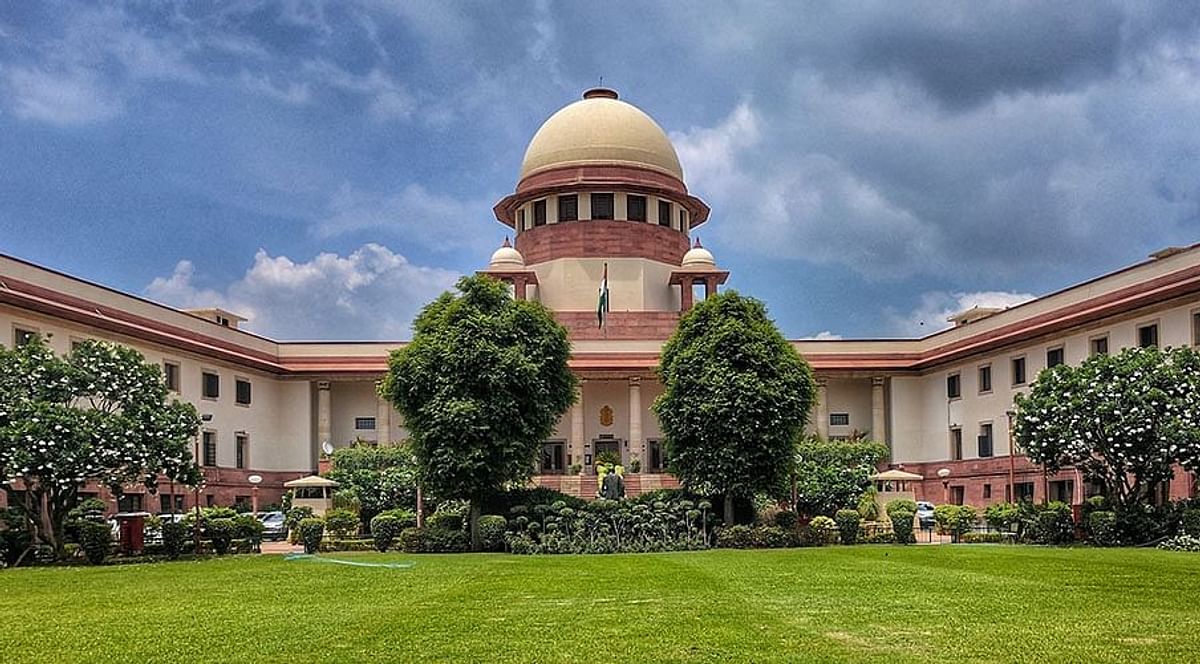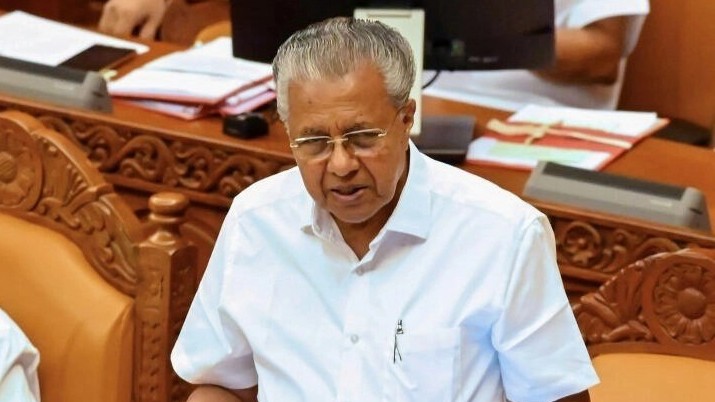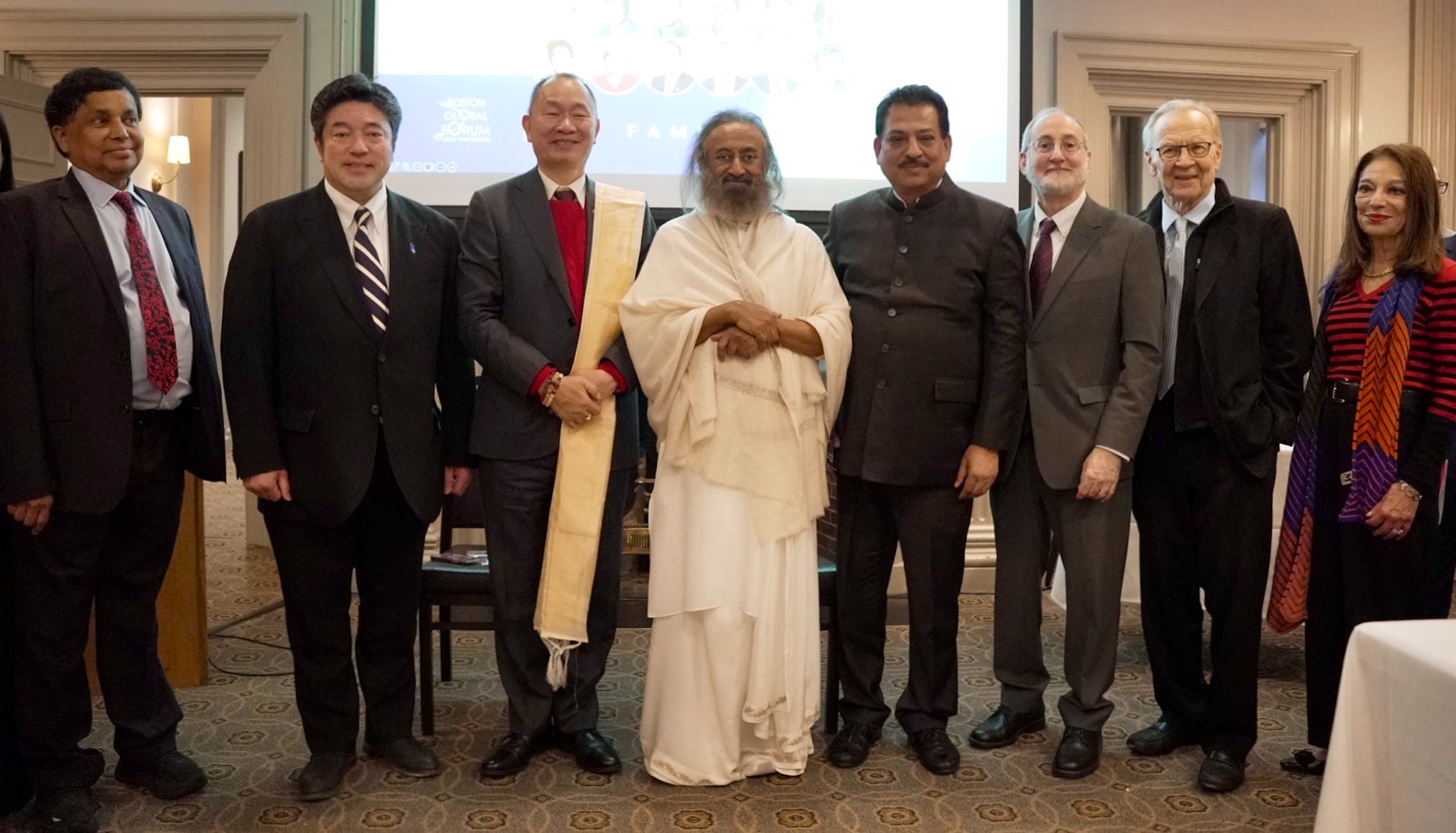Guwahati/Agartala, July 4 (IANS) Despite criticism, Assam Chief Minister Himanta Biswa Sarma continues to insist on a population policy with a two-child norm and adoption of decent family planning norms by the immigrant Muslims to eradicate poverty in the northeastern state.
The main opposition Congress slamming the Chief Minister for his remarks on controlling the population of Assam said that Sarma's statement in the context of population 'explosion' in the state is "misinformed and misleading".
The Population Foundation of India (PFI), an NGO, said that India and its states must learn from China's failed experience with enforcing coercive population policies, which have created a population crisis in China today.
In a series of statements and speeches after taking over as the 15th Chief Minister of Assam on May 10, Sarma has been saying that his government would take specific policy measures to decelerate the growth of the minority Muslim population with the aim to eradicate poverty and illiteracy.
"Assam has been able to maintain its annual population growth at 1.6 percent, but it is found in the 2001 and 2011 Census that the Muslim population is growing at a rate of 29 percent (decadal).
"In contrast, Hindu population has come down from 22 percent to 16 percent and further reduced to 10 percent during the latest censuses," the Chief Minister said.
He said that the high population growth caused poverty and illiteracy among the Muslim community.
"If the Muslim community checks the population growth and if they properly avail the scope of government policies like free education for girls till the university level, financial inclusion for minority women, reservation in panchayats and government jobs, and establishment of colleges and universities for women in minority areas, the minority community would also be developed."
Sarma said that he is in constant touch with various leaders of Muslim society. "If the government takes some steps, they would always be interpreted on political lines even though this is not a political issue," he pointed out.
Assam Congress' Media Department Chairperson Bobbeeta Sharma said that as per the latest National Family Health Survey (NFHS) undertaken by the Union Ministry of Health and Family Welfare and released in December 2020, the Total Fertility Rate (TFR) across most Indian states has declined in the last five years.
"The total fertility rate is defined as the average number of children that would be born to a woman by the time she ends childbearing age. A TFR of 2.1 is known as the replacement rate. The fertility rate of less than 2.1 implies that the total population will be less than the existing population which is also called the negative growth rate," Sharma told IANS.
She said that as per the same survey the fertility rate of women in Assam has declined from 2.2 in 2015-16 to 1.9 in 2020-21. As 1.9 is less than 2.1, it means the future population of Assam will only be less than the current population.
"Hence there is no question of an increase in population as per the Ministry's data."
The Congress leader said that if the Chief Minister is referring to the "population explosion" that may happen in the future due to immigration of people from Bangladesh and Pakistan because of the implementation of the Citizenship (Amendment) Act then perhaps his concern is valid.
Muslims comprise 34.22 percent of the 3.12 crore population of Assam, of which 4 percent are indigenous Assamese Muslims and the remaining are mostly Bengali-speaking Muslims.
Muslim votes are a determining factor in at least 30 to 35 seats out of the total 126 assembly seats.
Of Assam's 34 districts, 12 percent or more Muslim population resides in 19 districts and in six districts (out of 19 districts) the Muslim population constitutes 50 percent or more.
An official document said that the population of India is expected to exceed that of China around 2027 as per the World Population Prospects 2019 Report.
Population Foundation of India Executive Director Poonam Muttreja said that India and its states must learn from China's failed experience with enforcing coercive population policies, which have created a population crisis in China today.
She said that while the average national fertility rate has dropped to the replacement rate, in some states, such as Sikkim and Lakshadweep, the challenges of an aging population, shrinking labour workforce, and increased sex-selective practices, are attributed to the total fertility rate being well below the replacement level.
"In reaction to a so-called 'explosive' population growth, a number of states already have or are considering implementing policies that disallow individuals with more than two children from contesting panchayat elections, holding government jobs, or accessing benefits," Muttreja told IANS.
She said that the 2019-20 data of Assam shows that the TFR has fallen far below the replacement rate, to 1.9 children per woman. "To deny access to social welfare schemes to families with more than two children would adversely impact the already underserved and vulnerable, rather than address population growth."
Muttreja said that in Lakshadweep, where the administration recently proposed a regulation to bar those with more than two children to run for panchayat election, fertility rates stand at 1.4 children per woman.
"The overall population growth rate for the Union Territory has dropped to 6.3 percent in 2001-2011, from 17.19 percent in 1991-2001.
"Stringent population control measures could lead to an increase in sex-selective practices, given the strong son-preference in many regions."
The PFI chief said that China has been forced to rescind its two-child policy, after finding itself in the midst of a population crisis and an abnormally high male-female ratio. This has forced the Chinese government to allow each couple to have up to three children.
"As levels of education and income increase, fertility rates will decrease further. This is exemplified in Kerala and Tamil Nadu, which provide better access to education and development opportunities.
"Ensuring gender equality, empowering women, improving education, economic development and access to family planning services are key ways to ensure smaller families become the norm. For this, empowering girls and women via free education, increased age at marriage, and reducing drop-outs are key," Muttreja said.








 OpinionExpress.In
OpinionExpress.In















Comments (0)